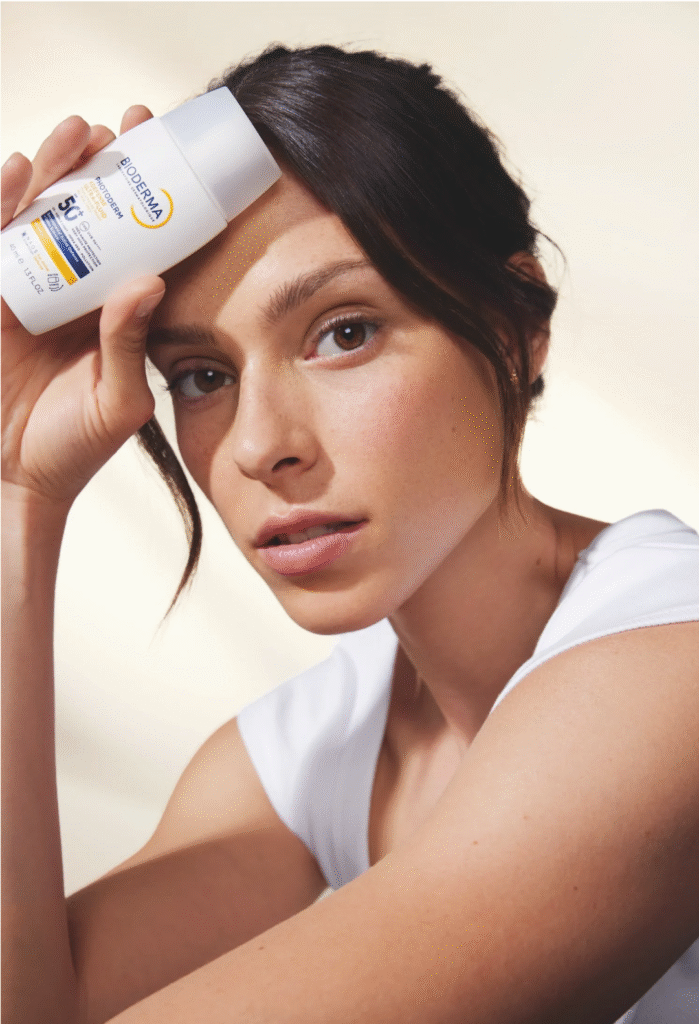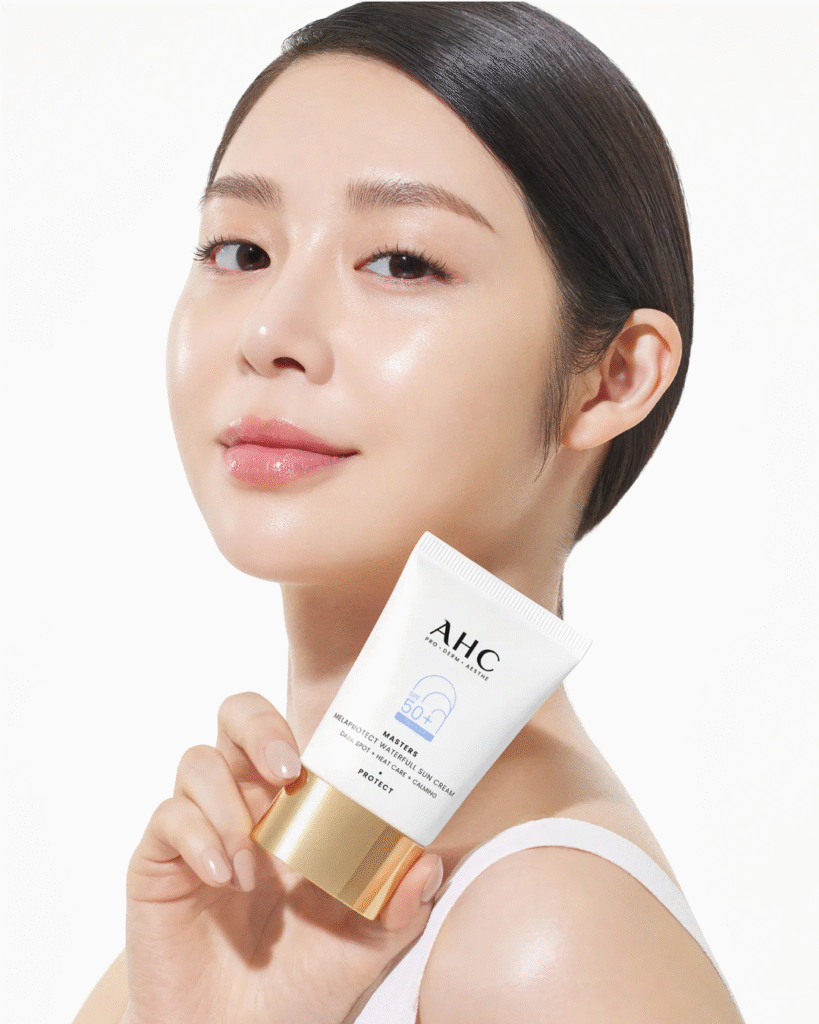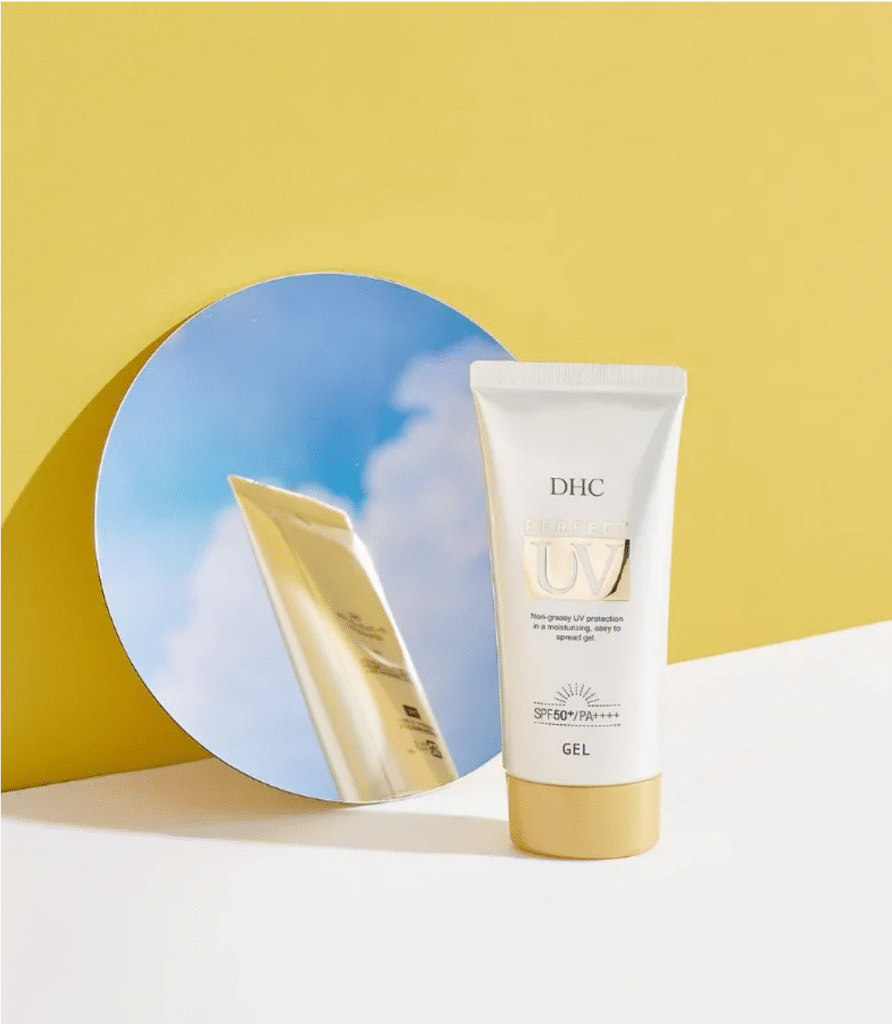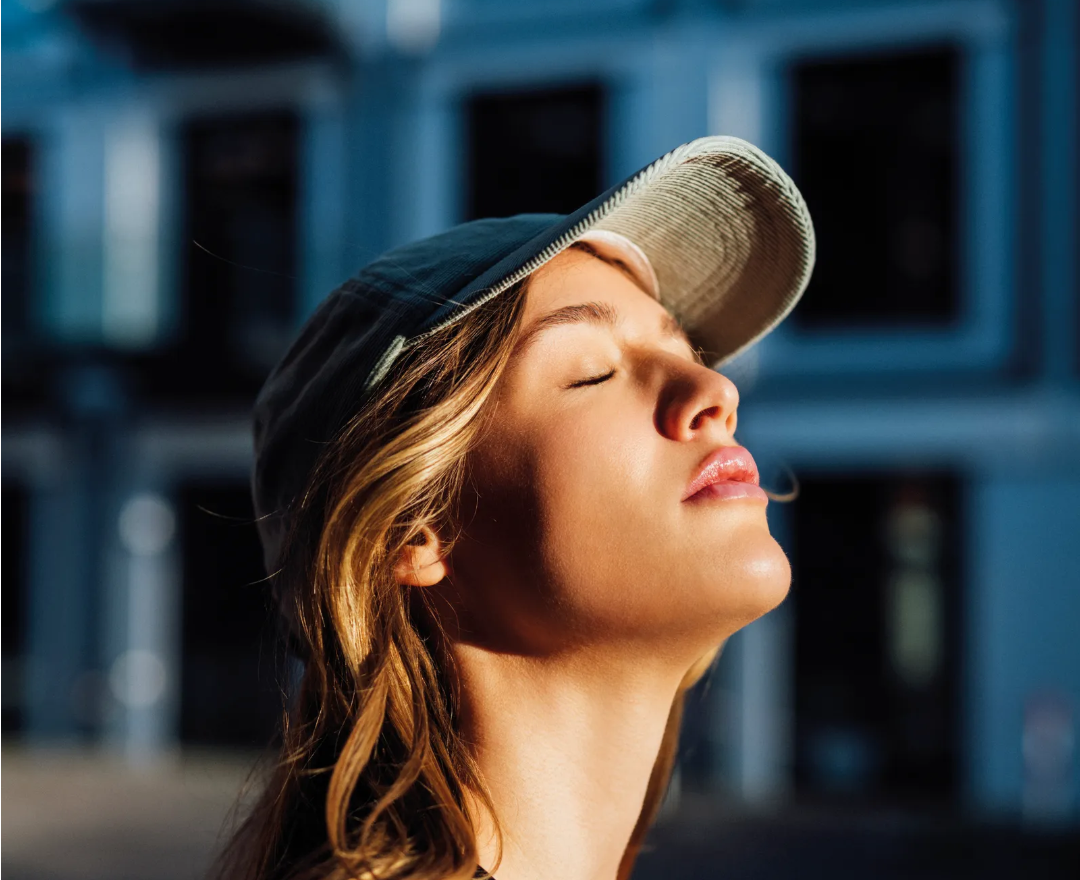Sunscreen has become the key to year-round skin care. Whether it is a hot summer or a cloudy day, ultraviolet rays are always the invisible killer of skin aging, pigmentation, sunburn and even skin cancer. In 2025, with the advancement of sunscreen technology and the diversification of products, scientific selection and correct use of sunscreen products will become a must-have for healthy and beautiful skin. This article will systematically analyze the importance of sunscreen, the correct application method, common misunderstandings and the recommendation of popular new sunscreen products in 2025 to help you create a sunscreen barrier without dead ends.
1. The necessity of sunscreen: stay away from tanning, and prevent photoaging
Ultraviolet rays are mainly divided into two types: UVA and UVB:
- UVA has strong penetration, penetrates deep into the dermis, destroys collagen and elastic fibers, and causes skin sagging, fine lines and pigmentation.
- UVB mainly acts on the epidermis, causing sunburn and redness.
Sunscreen not only prevents tanning, but is also an important barrier to delay skin aging and prevent skin cancer. Even on cloudy days or indoors, ultraviolet rays still exist, so sunscreen should not be relaxed throughout the year.
2. Selection and use tips of sunscreen products

1. Sun protection index and broad-spectrum protection
- SPF value represents the ability to protect against UVB. It is recommended to use SPF30 or above for daily use, and SPF50+ for outdoor activities or high-intensity ultraviolet environments.
- PA level indicates the UVA protection effect, and PA+++ and above are ideal choices.
- Broad-spectrum sunscreen can block both UVA and UVB, providing more comprehensive protection.
2. Physical sunscreen and chemical sunscreen
- Physical sunscreen (zinc oxide, titanium dioxide) reflects ultraviolet rays, is gentle and non-irritating, and is suitable for sensitive skin and children, but may cause whitening.
- Chemical sunscreen absorbs ultraviolet rays and converts them into heat energy. It is light and easy to spread, but some ingredients may cause sensitivity.
3. Correct application method
- Shake the sunscreen thoroughly to ensure uniform ingredients.
- Sufficient amount: The face needs about the size of a coin, and the exposed parts of the body also need to be fully applied.
- Apply in different areas: Apply evenly on the five points of the face (forehead, cheeks, nose, chin), and focus on the neck, ears, temples, nose wings and other easily overlooked parts.
- Application technique: Use your fingers to gently spread in a large range of movements, and apply repeatedly to enhance the protection effect.
- Body application: Squeeze the sunscreen directly from the container in a straight line, draw a large circle and apply evenly, paying special attention to the shoulders, chest, back of the hands, back of the feet and other easily overlooked parts.

4. Reapplication frequency
- Reapplication should be timely after sweating, swimming, and wiping.
- It is recommended to reapply every 2-3 hours to maintain a long-lasting sunscreen effect.
3. Common misconceptions and precautions about sun protection
- It is a misconception that you don’t need sunscreen on cloudy days: UVA can penetrate clouds and still damage the skin.
- It is a misconception that people with dark skin do not need sunscreen: Dark skin can also be damaged by UV rays and needs to be protected.
- It is a misconception that applying sunscreen once is enough: Sunscreen products will become ineffective due to sweating and friction and need to be reapplied multiple times.
- Ignoring sunscreen on the lips: The stratum corneum of the lips is thin and prone to cracking and sunburn. Special sunscreen lipstick should be used[3].
- Uneven application of sunscreen products: Sun spots and pigmentation are likely to occur. Be sure to apply it evenly.
4. Recommendations for popular new sunscreen products in 2025
1. Shiseido Anessa Gold Diamond High-Efficiency Sunscreen Lotion SPF50+ PA++++
- Dual UV technology and Auto Booster technology, more effective when exposed to sweat and heat.
- Refreshing and non-sticky texture, can be used as a primer before makeup.
- Suitable for daily use and outdoor sports.
2. ALLIE UV High-efficiency Sunscreen Water Gel EX SPF50+ PA++++
- Highly effective protection, moisturizing and non-sticky, sweat-resistant, water-resistant and friction-resistant.
- Added moisturizing ingredients to keep the skin moisturized for a long time.
- Light texture suitable for summer use.

3. Lancome Super UV Anti-Spot Essence Sunscreen SPF50 PA++++
- Intelligent repair UV protection network, still complete protection under sweat friction.
- Added anti-spot ingredients to inhibit melanin production and lighten spots.
- It has both oil control and pore-refining effects to enhance skin transparency.
4. SUQQU Crystal Sunscreen Day Cream SPF50 PA+++
- Triple UV scatterers to maximize anti-UV effects.
- Moisturizing degree up to 10 hours, enhancing the texture of base makeup.
- Suitable for users who pursue moist and radiant skin.
5. SK-II Radiance Light All-Around Sunscreen SPF50+ PA++++
- Transparent texture, contains PITERA™ and multiple skin care ingredients.
- Light and long-lasting, with both sun protection and whitening effects.
- Suitable for daily and outdoor use.
Sun protection is the first line of defense for skin care. In 2025, we must not only choose high-efficiency and broad-spectrum sunscreen products, but also master scientific application and re-application techniques, combined with physical protection measures, to truly resist the invasion of ultraviolet rays. Sun protection should not be limited to seasons, but should become a daily habit to protect skin health, delay aging, and bloom natural brilliance.

Leave a Reply